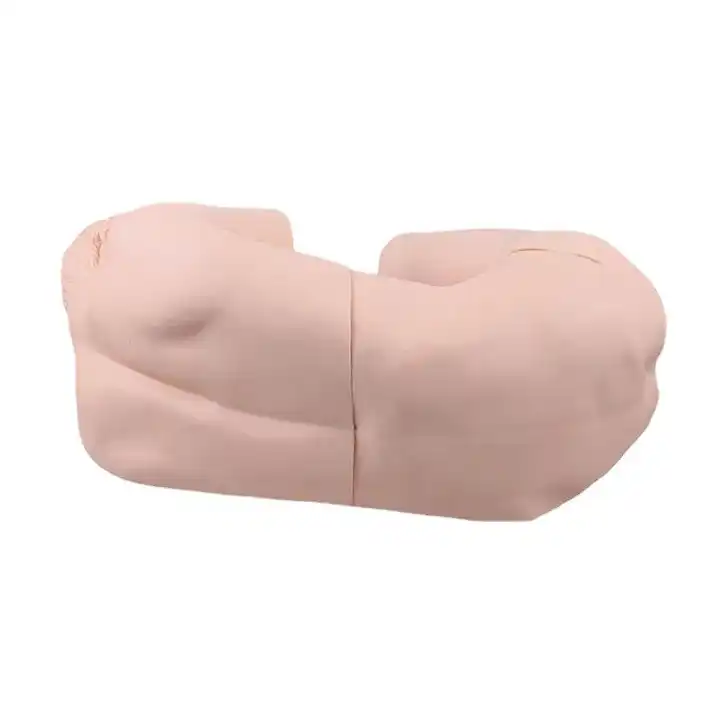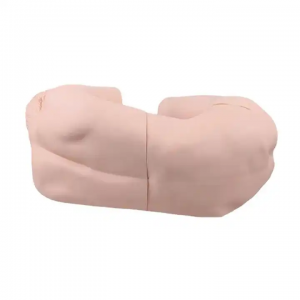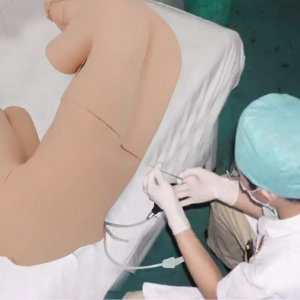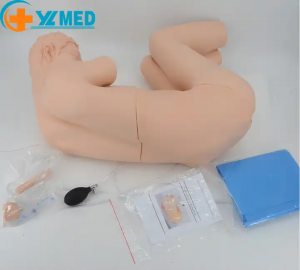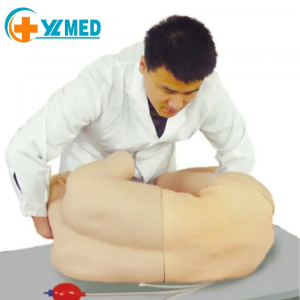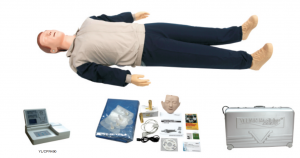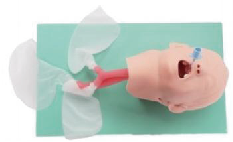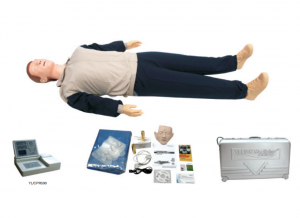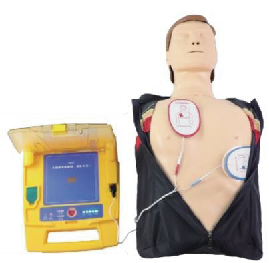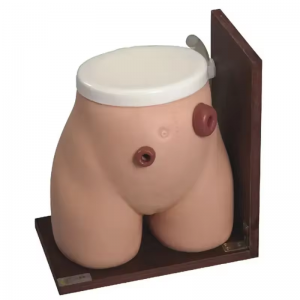Adult lumbar puncture model in lateral position for teaching training and medical research of lumbar puncture surgery
Adult lumbar puncture model in lateral position for teaching training and medical research of lumbar puncture surgery
Adult lumbar puncture model in lateral position for teaching training and medical research of lumbar puncture surgery


Product Name: human lumbar puncture medical model
Description:
Lumbar puncture is a common clinical procedure. It can be used to diagnose various inflammatory diseases of the central nervous system, vascular diseases, myelopathy, suspected intracranial space occupying lesions, unknown diagnosis of nervous system diseases, pneumoencephalography, spinal canal angiography, etc. It is also used for the treatment of central nervous system diseases due to excessive cerebrospinal fluid pressure (decompression) and drug injection.
Lumbar puncture is a common clinical procedure. It can be used to diagnose various inflammatory diseases of the central nervous system, vascular diseases, myelopathy, suspected intracranial space occupying lesions, unknown diagnosis of nervous system diseases, pneumoencephalography, spinal canal angiography, etc. It is also used for the treatment of central nervous system diseases due to excessive cerebrospinal fluid pressure (decompression) and drug injection.
Product parameter
Product Parameters

|
Name
|
human lumbar puncture medical model
|
|
No
|
YL-L811
|
|
Material
|
PVC
|
|
Fuction
|
lumbar puncture training
|
|
Packing
|
1PCS/CTN
|
|
Packing size
|
82*54*34CM
|
|
Packing weight
|
12KG/PCS
|
Product characteristics
1. The waist can be moved. The operator needs to hold the simulated patient’s head with one hand and hold the leg socket of both lower limbs tightly with the other hand to make the spine kyphotic and widen the vertebral space as much as possible to complete the puncture. 2. The lumbar tissue structure is accurate and the body surface signs are obvious: there are complete 1~5 lumbar vertebrae (vertebral body, vertebral arch plate, spinous process), sacrum, sacral hiatus, sacral Angle, superior spinous ligament, interspinous ligament, yellow ligament, dura mater and omentum, as well as subomentum, epidural space and sacral canal formed by the above tissues: posterior superior iliac spine, iliac ridge, thoracic spine process and lumbar spine process can be truly felt. 3. The following operations are feasible: lumbar anesthesia, lumbar puncture, epidural block, caudal nerve block, sacral nerve block, lumbar sympathetic nerve block 4. Simulated reality of lumbar puncture: When the puncture needle reaches the simulated yellow ligament, the resistance increases and there is a sense of toughness, and the breakthrough of the yellow ligament has an obvious sense of disappointment. That is, into the epidural space, there is negative pressure (at this time, the injection of anesthetic liquid is epidural anesthesia): continue to inject the needle will puncture the dura and the omentum, there will be a second feeling of failure, that is, into the subomentum space, there will be simulated brain fluid outflow. The whole process simulates the real situation of clinical lumbar puncture.
Use notice

Operation method:
The patient lies on the bent side with his hands clasped to his knees to widen the lumbar kyphosis and vertebral space. Local routine disinfection, infiltration anesthesia, puncture. Generally, there is resistance when the needle is inserted 4 ~ 5cm, and the resistance is suddenly reduced. After pulling out the needle core, turning the needle tail, cerebrospinal fluid can be seen dripping out. Cerebrospinal fluid is extracted according to different purposes and specific conditions. Then insert the needle core, pull out the puncture needle, fix it with a sterile gauze block, and lie flat for 4 to 6 hours. Prevention of headache, cerebral hernia formation and infection after puncture.


